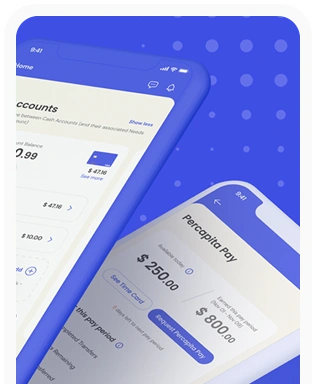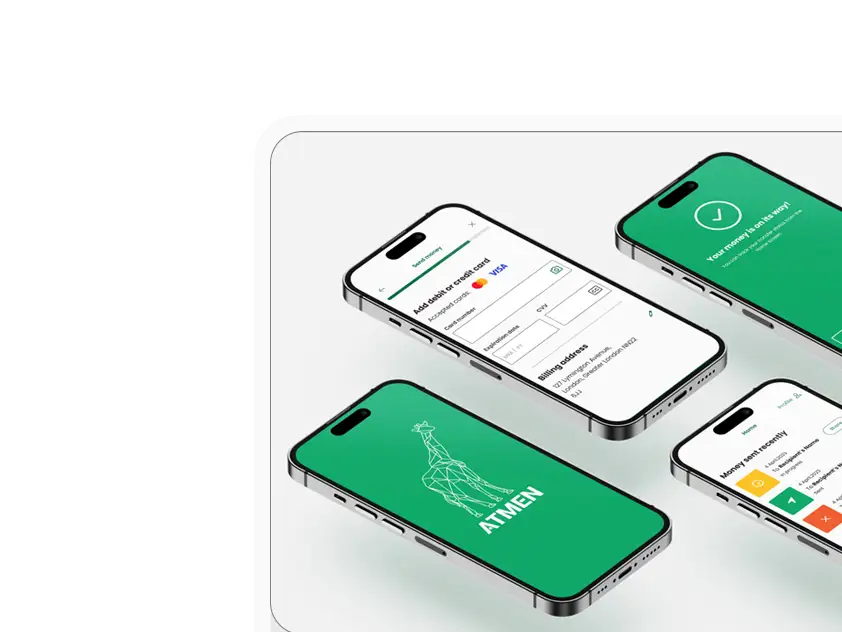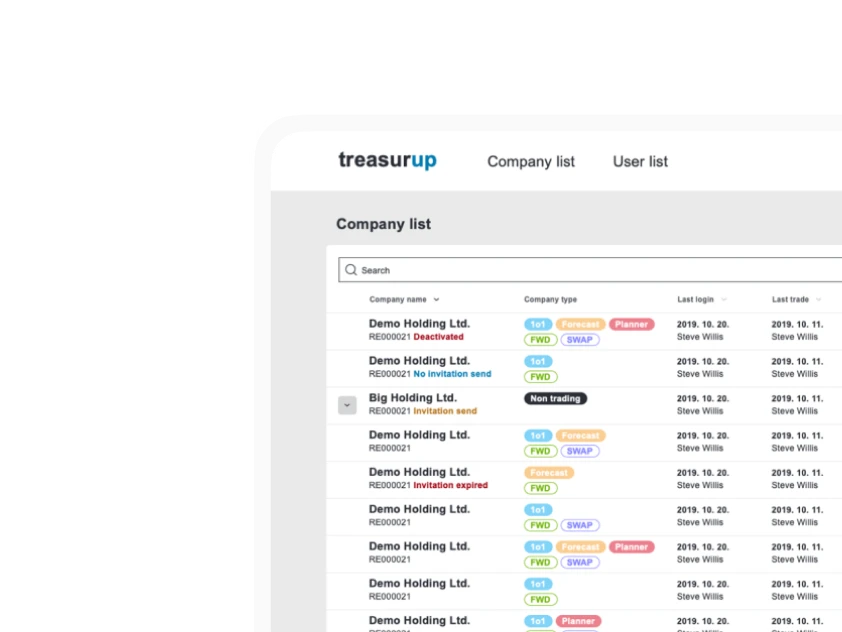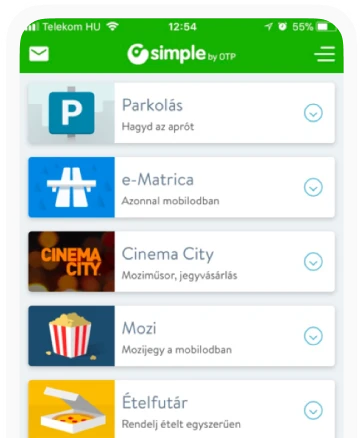Ethnographic research
The essence of ethnographic research
The essence of ethnographic research is to see how a tool or software behaves in real-life conditions and, if there are design problems, to find out about these and any related issues as they occur.
The key benefit of ethnographic research is that it can help to identify and analyse unexpected issues. In other types of observation (e.g. interview, user-completed evaluation, etc.), unexpected issues are only rarely found.
This may happen because during a coordinated, guided testing exercise, researchers do not ask all the questions or respondents neglect to answer some. But ethnographic research helps to reduce this risk because the questions become obvious.
The ethnographic research process at Ergomania
At Ergomania, ethnographic research involves studying how users use our client’s digital devices or services in real life situations. We explore the problems they face in their daily lives and how they try to deal with them.
We also look at how our digital solutions are aligned with the physical environment. They are mainly good for assessing work tools or software that is used a lot (e.g. Facebook, Instagram, etc.).
During the research, we list the bugs and problems and propose concrete solutions. All this is done with real presence: physically sitting next to you and watching you work or share your screen online.
In our experience, ethnographic research is also an excellent way to uncover long-term usage errors, because we can discover bugs that would be completely hidden during a 1-hour testing session, and we can gather more information about the learnability of the system or service.
Over the years, we have also learned when the ethnographic method is worthwhile and when it is less effective: it is good for testing an administrative interface, for finding hidden errors, for learning about processes, but not for assessing a solution that is used irregularly, mainly utilizing a few functions, e.g. a mobile bank.
Main methods of ethnographic research
In applying ethnographic research, Ergomania’s professionals use the methods and methodologies of ethnography, but in a more targeted and shorter time frame. Ethnographers often live with a group for months or years to get to know them.
Fortunately, this is not necessary in UX design. Anthropologists aim to understand as much as possible about the whole community being studied, while UX professionals are only interested in information that relates to the use of a particular software or product.
Short ethnographic observations are therefore very useful for user-centric projects.
What do our clients gain from ethnographic observation?
Ethnographic research can reveal all the hidden bugs, design problems and even positive customer experiences with a product or software that are hidden in targeted, controlled user testing.
In addition, users ask questions and form opinions that arise from actual, practical use, which may reveal the need for redesign or the need to improve a product before it goes to market.
What is the role of our customers in ethnographic observation?
The role of our clients in ethnographic monitoring is to provide (and reward) users and to share with us the problems they already know about, thus avoiding their rediscovery.
The result of successful ethnographic monitoring
The outcome product of a successful ethnographic research is an evaluation of the observation in the form of a presentation or a structured error list.
- Information from client: Former observations
- Client cooperation: Setting expectations, Selecting a colleague, Providing access
- Deliverables: Providing a hire a pro to meet expectations









